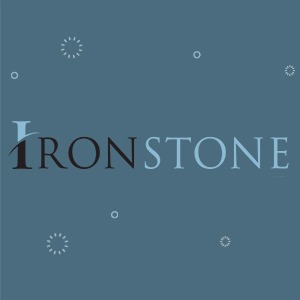Job descriptions are a vital component to hiring and managing your team. They provide consistency and clarity and help ensure new hires and seasoned employees understand what is expected of them, how their role contributes to firm goals, and when and how they will be evaluated.
Most job descriptions are written from a previous employee and reflect an inflated “to-do” list of what needs to get done. Ultimately, job descriptions should be carefully crafted and include an actual illustration of what, why, and how employees can reach specific goals.
Furthermore, each position should be dissected to determine the behaviors, attitudes, and values an employee needs to be successful. These characteristics should be harmonious with the values, mission, and strategic intent of your firm.
If done well, the time invested in defining the company roles and responsibilities can improve moral and motivation. The alternative exposes you to legal liabilities, confusion, and lower productivity.
The Benefits
A well written job description will:
- Help attract qualified candidates
- Describe the key areas of an employee’s position so employees know what is expected of them
- Define desired characteristics
- Provide structured communication
- Serve as a basis for outlining performance expectations, training, compensation, and career advancement
What to Include in a Job Description
Job descriptions need to remain flexible. Roles and positions evolve over time and job descriptions need to follow suit to allow room for employee growth, firm development, and the evolution of new technology.
Each job description should include the following components:
Job Title
If required, ensure job titles are approved by your compliance department.
Summary Statement
Two or three sentences describing and summarizing the purpose or objective of the position.
Functions and Responsibilities
Outline the details of what the job entails and all roles the employee will hold. This should include the scope of leadership, any supervisory roles, the reporting structure, as well as the levels of supervision and independent judgement. An important feature to include in a job description is “other duties as assigned.” By including this statement in a job description, you can add new tasks as they arise.
Experience/Qualification
This list describes the level of skill, education, and knowledge required for the position. Include any other required attributes and insights into how they match the culture of your organization.
Evaluation Methods
Evaluate performance accurately based on the expectations of the position. Identify what is most important for the employee and the organization. Include details on when evaluations will take place – for example: SWOT, 360-degree feedback, or performance reviews. Identify how the assigned duties play an important role in reaching firm goals and illustrate how employees will be eligible for advancement.
Compensation
Provide a concise view of how employees will be compensated broken down into base salary, benefits, and other investments such as employee training. This allows management to reward performance and the development of skills while controlling overall base salary costs by providing a cap on the range paid for specific jobs. Listing a salary range instead of an exact figure will give you more flexibility. If applicable, include information about how employees are eligible for advancement within the range, sales commissions, bonuses, and annual raises.
Work Location and Schedule
Provide the physical location, days and hours, vacation and/or paid time off (PTO) structure, and potential overtime that may be required.
Employment Type
Define employment types as full-time, part-time, temporary, or contract employee.
Job Descriptions as a Resource
Finally, job descriptions are meant to be a valuable tool for your firm. Review them every six months or concurrently with performance management reviews. Incorporate employee feedback and update roles with new goals and objectives.
Request more information from the Ironstone team or join the Ironstone – Financial Industry Professionals Practice Management Group on LinkedIn and start a discussion.
The foundation of our Performance Coaching and Consulting Programs are based on Ironstone’s Fundamental 4™, which is essential to design, develop, and sustain a successful business. Our ultimate goal is to help you avoid trial and error; shifting your mindset to launch your process of intentional change. [LEARN MORE]
Photo credit: ©iStock/Getty Images/Thinkstock




